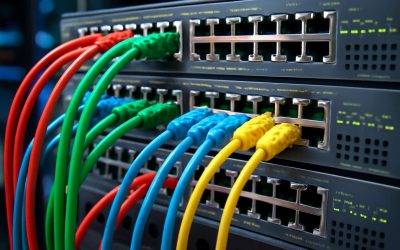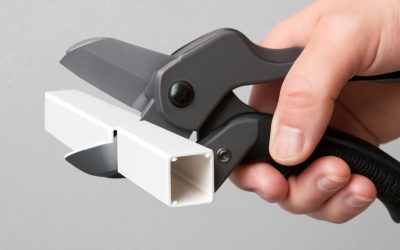
Trunking is a technology that allows more people to communicate over the same two-way radio system by using free channels that are allocated through algorithms. Instead of having a dedicated channel for each department in a conventional radio system (where all users must wait their turn to use the channel when it is in exclusive use by one user), trunking organizes the users into talk groups and then assigns them to available channels based on the allocation algorithm. The system is very similar to the operation of a group of cashiers working in a grocery store and serving customers.
The word trunking derives from the telephony world and was used to describe the bundle of lines that carried telephone traffic between cities, like the arteries in a body or a tree trunk that branches out. It is this logical link consolidation that is used in computer networking and can also be used to improve network performance and increase bandwidth by dispersing the data among multiple links rather than just one. This is known as inverse multiplexing and is accomplished by using techniques such as link aggregation and VLAN tagging.
In the telecommunications world, a trunk line is a pair of copper wires—or these days, strands of fiber optics—that connect your private branch exchange (PBX) to your local telephone service provider. PBX systems that utilize trunking allow a large number of telephones to be connected to the system at one time, using fewer dial-tone lines than would be possible without trunking. The number of trunk lines that a PBX requires is determined by analyzing the average and peak use of the system.
Some types of trunked public safety radio systems use this technology, including radio public safety announcements from city police departments and fire departments that share the same spectrum with other municipal services such as water and garbage collection. In this type of trunked radio system, the calls and responses are sent over different frequency pairs, which makes following the conversation difficult without a trunk-capable scanner.
With a trunked radio system, the transmitter and receiver frequencies are assigned to talk groups, which can be made up of the entire municipal public safety agency or may have some limited access by individual agencies. When the public safety agency wants to make an announcement, they simply change the transmission frequency, and all radios listening to that particular talkgroup follow along as the announcement is broadcast over the new frequency.
The reason it is difficult, if not impossible, to follow a conversation in a trunked radio system that changes the call and response frequencies on the fly is that the individual user does not scan a specific frequency, but rather a talkgroup ID. This is why a trunk-tracking scanner is required. This scanner will display the call and response frequencies in a graphical user interface, making it easy to understand what is being communicated over which frequency. This is a much more efficient way of communicating for emergency responders in a disaster scenario and also greatly enhances the overall reliability of the system.



0 Comments